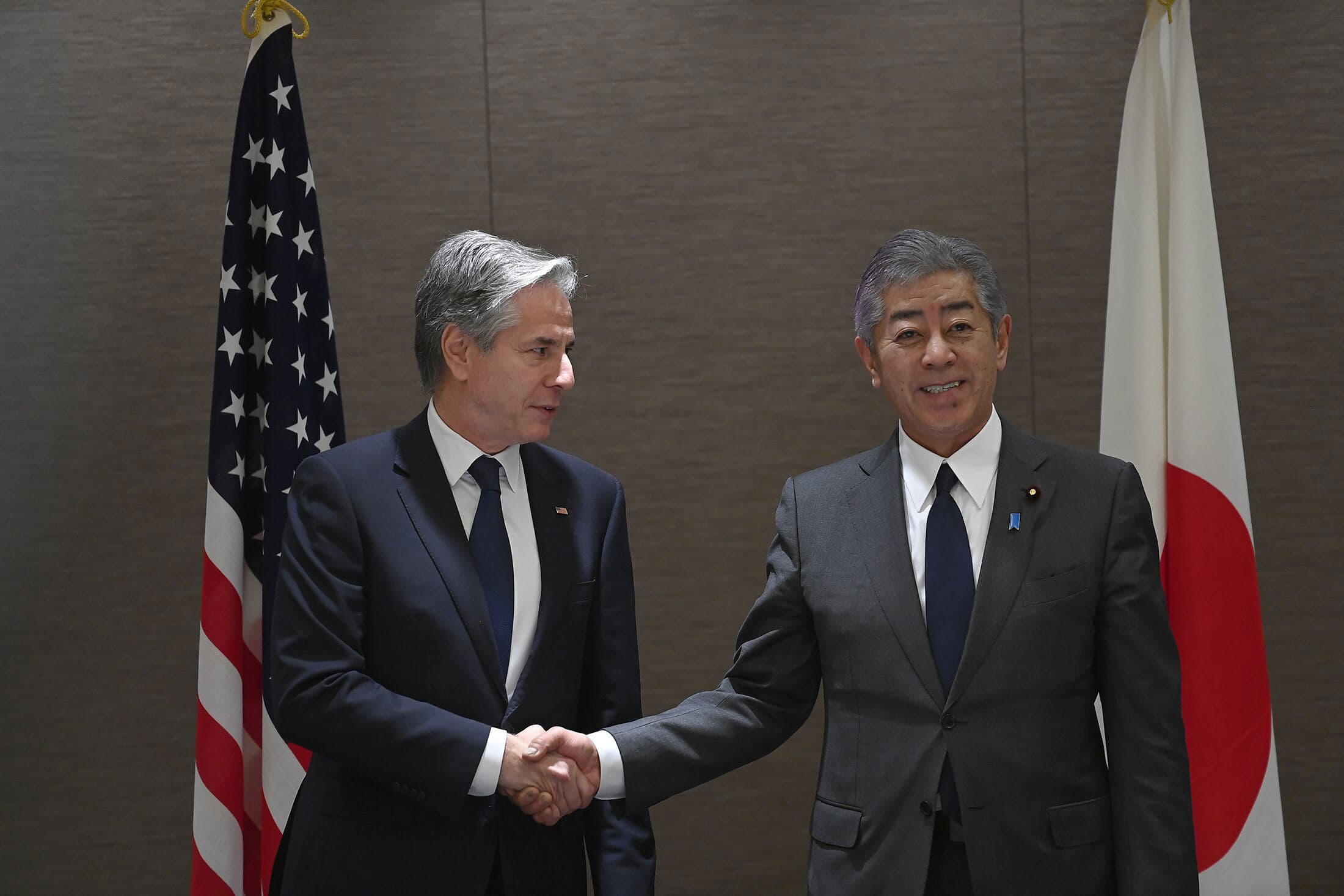US Military Plans Long-Term Division of Gaza into "Green Zone" and "Red Zone"
Internal documents from the United States military have revealed a strategic plan to partition the Gaza Strip into two distinct zones: a secured "green zone" and a devastated "red zone". This proposal aims to address the ongoing humanitarian crisis in the region, particularly following recent conflicts that have displaced millions of Gazans. The plan outlines a division along Israel"s "yellow line," with the green zone designated for initial reconstruction efforts and the red zone left in ruins, housing over 2 million displaced individuals.
Key Details
The proposed division of Gaza is characterized by two main areas: the eastern "green zone" and the coastal "red zone". The green zone is intended to be under joint Israeli and international control, facilitating initial reconstruction efforts in the aftermath of extensive destruction. In contrast, the red zone will remain largely uninhabitable, with no immediate plans for rebuilding or recovery, effectively leaving the displaced population without adequate shelter or resources.
According to the military documents, the green zone would be the only area where a proposed international stabilization force would be deployed. This force is expected to assist in maintaining security and order during the reconstruction phase. However, there are significant doubts regarding the feasibility of establishing a unified Palestinian governance structure in Gaza following a potential ceasefire. The complexities of local politics and the historical context of governance in the region pose challenges to achieving a cohesive leadership that can effectively manage the reconstruction efforts.
Background
The Gaza Strip has been a focal point of conflict for decades, with recent escalations resulting in widespread devastation and humanitarian crises. The region has faced numerous military operations, leading to significant loss of life and displacement of civilians. The current situation has prompted international calls for intervention and support to address the urgent needs of the affected populations. The proposed partitioning of Gaza into a green zone and a red zone reflects an attempt to create a structured approach to recovery, albeit one that raises questions about the long-term viability of such a strategy.
What"s Next
The implications of this military strategy are profound, as it seeks to provide a framework for reconstruction while simultaneously acknowledging the challenges of governance in Gaza. The establishment of a green zone could facilitate international aid and support, but the lack of plans for the red zone raises concerns about the future of the displaced population. As discussions continue regarding the deployment of an international stabilization force, the international community will be closely monitoring developments in Gaza, particularly in relation to the potential for a ceasefire and the establishment of a unified Palestinian governance structure.
For further context on related international developments, see our coverage on recent developments in the Democratic Republic of Congo and the ongoing situation in Gaza.




![[Video] Democratic Republic of Congo and M23 rebel group sign peace deal in Qatar](/_next/image?url=%2Fapi%2Fimage%2Fthumbnails%2Fthumbnail-1763210449106-hmecwj-thumbnail.jpg&w=3840&q=75)
